September has really flown by. We finished our bumble bee surveys early in the month and have spent the remainder of our time conducting buckwheat surveys and seed collections. I can’t believe I only have one more month of this internship left! It feels like I just got here! This month we’ve been collecting lead plant (Amorpha canescens), dotted blazing star (Liatris punctata), purple coneflower (Echinacea angustifolia), stiff sunflower (Helianthus pauciflorus), and blue grama (Bouteloua gracilis).
Blazing star has been my favorite to collect so far; the seed comes out pretty easily, and unlike many other plants we’ve collected from, it doesn’t poke you! It is pretty small and hard to see from a distance though, but if you’re collecting early enough and can catch the rising sun behind them they’re much more noticeable.
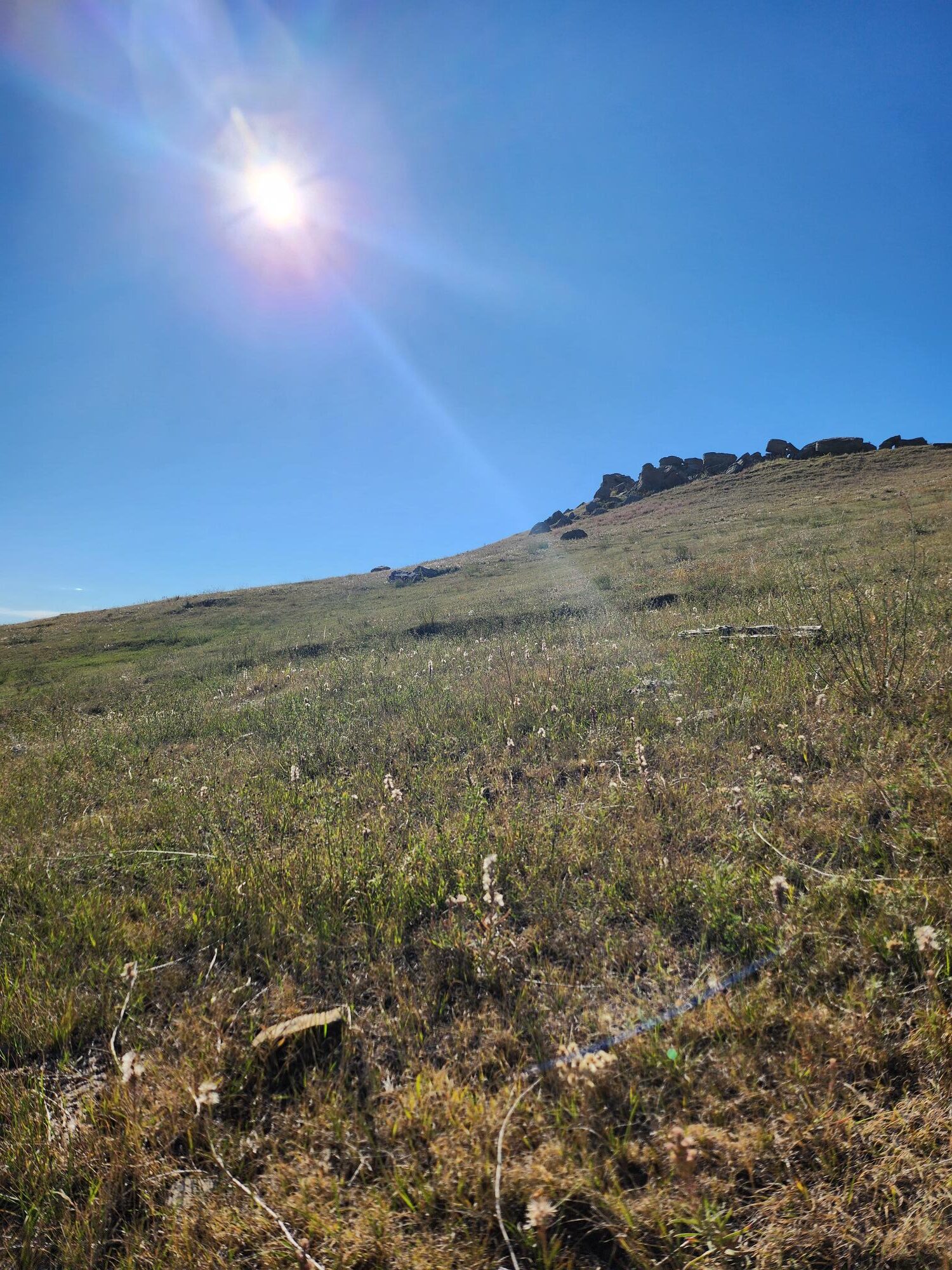
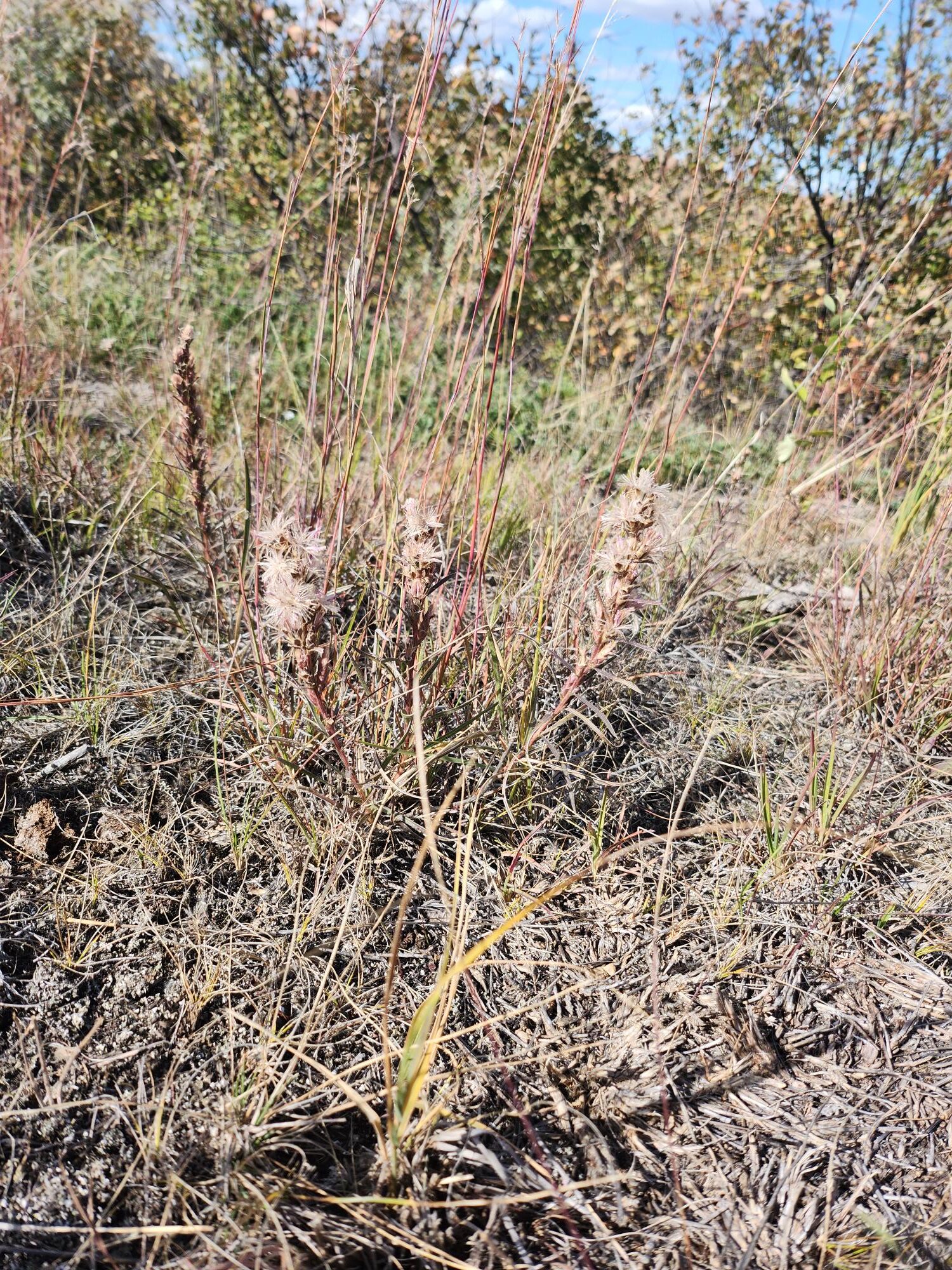
Lead plant has (so far) only been found up on the Cedar River District, which is located east of the Grand River District and in North Dakota. It’s nice getting to go up there; however, there is major construction on the main (and only) road, so the trip towards that area takes longer than it normally would.
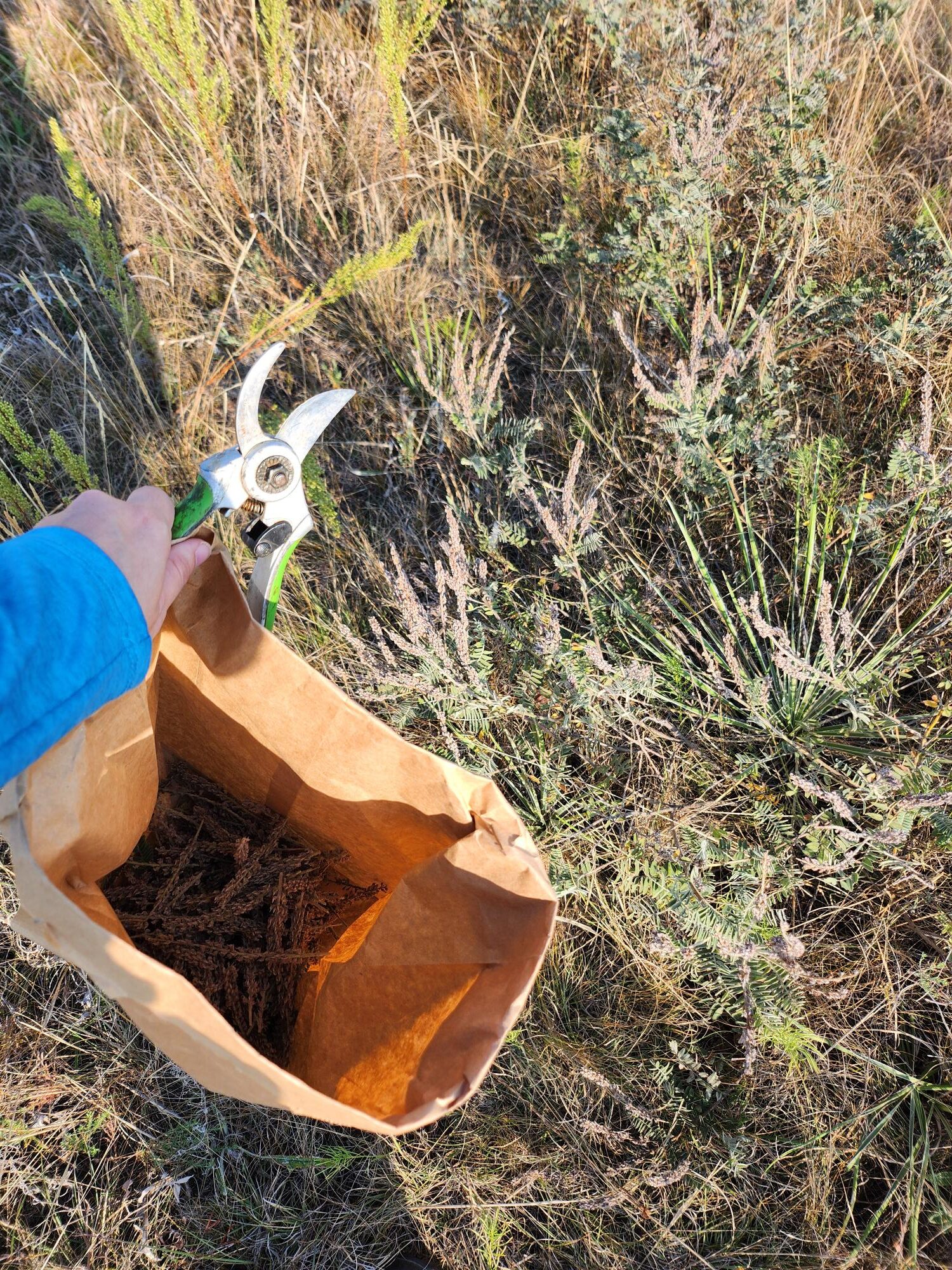

Back home in garden we have a different species of purple coneflower, Echinacea purpurea. You can tell them apart since E. purpurea has more pigmented rays and the leaf margins are serrated, as opposed to E. angustifolia which has slightly duller rays, hairy leaves, and smooth margins. Collecting coneflower brought back some of my own childhood memories, and I recalled the times when I used to cut off the seed heads and pretended that they were little echidnas or hedgehogs when I played in the yard.
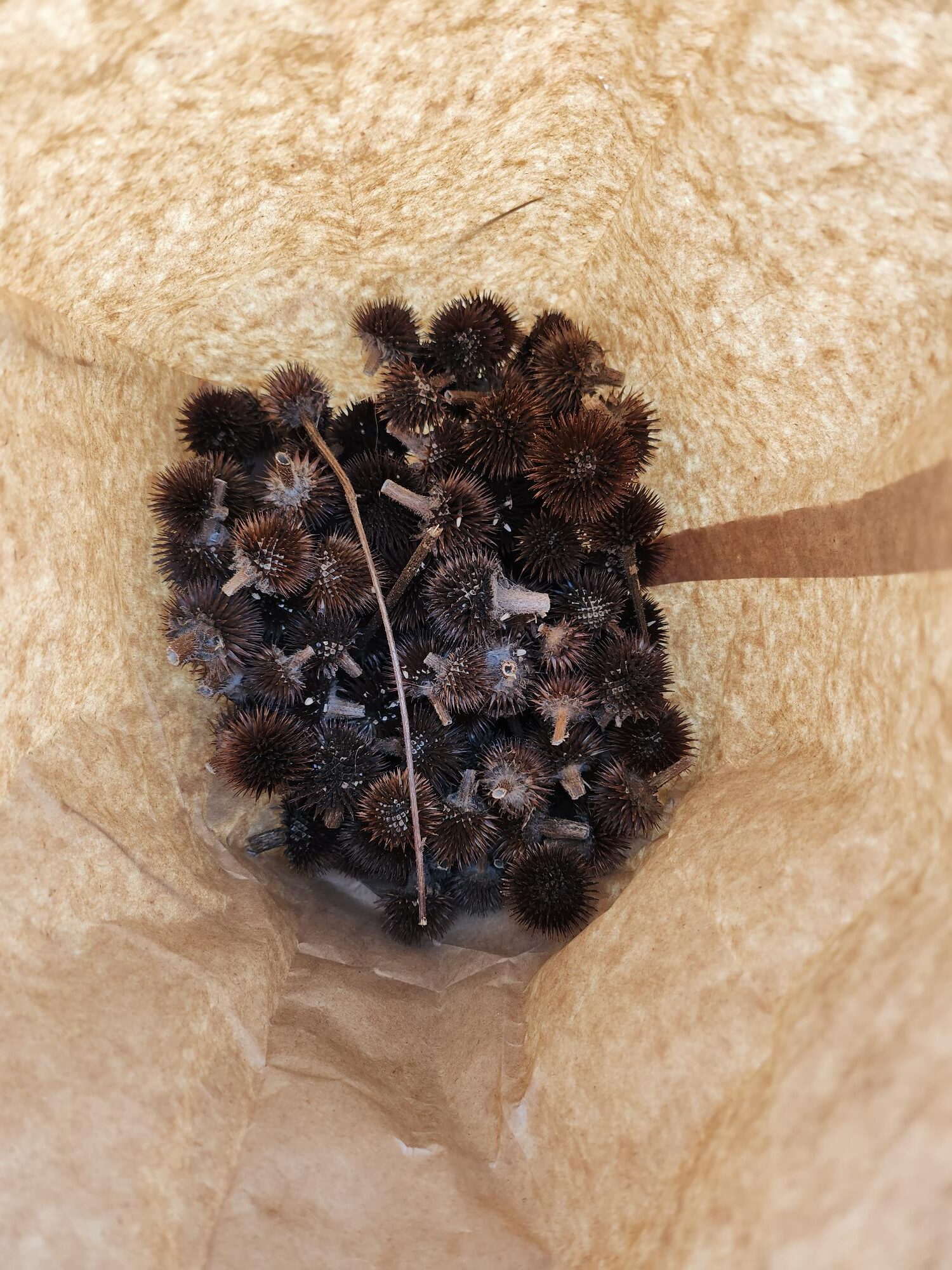
This month, we also assisted our mentor Greg Schonert with biological evaluations on the Grand River District for rangeland improvements. Biological evaluations are done whenever a new project is planned for range, with the objective to determine whether changes made to the land would be detrimental to Regional Forester Sensitive Species (RFSS). In this instance, the project involves making improvements to a waterline (for the cattle grazing on that allotment) and new fencing, so we traveled along the proposed route for these and identified the common plants, making note of sensitive species we found in the area. If there were any RFSS, their presence can affect the project depending on the severity and level of disturbance it would cause. These changes can vary, from altering the timing of the project (not doing it during nesting season if there are any RFSS birds nearby) to completely rerouting the project (if the route goes through critical habitat).
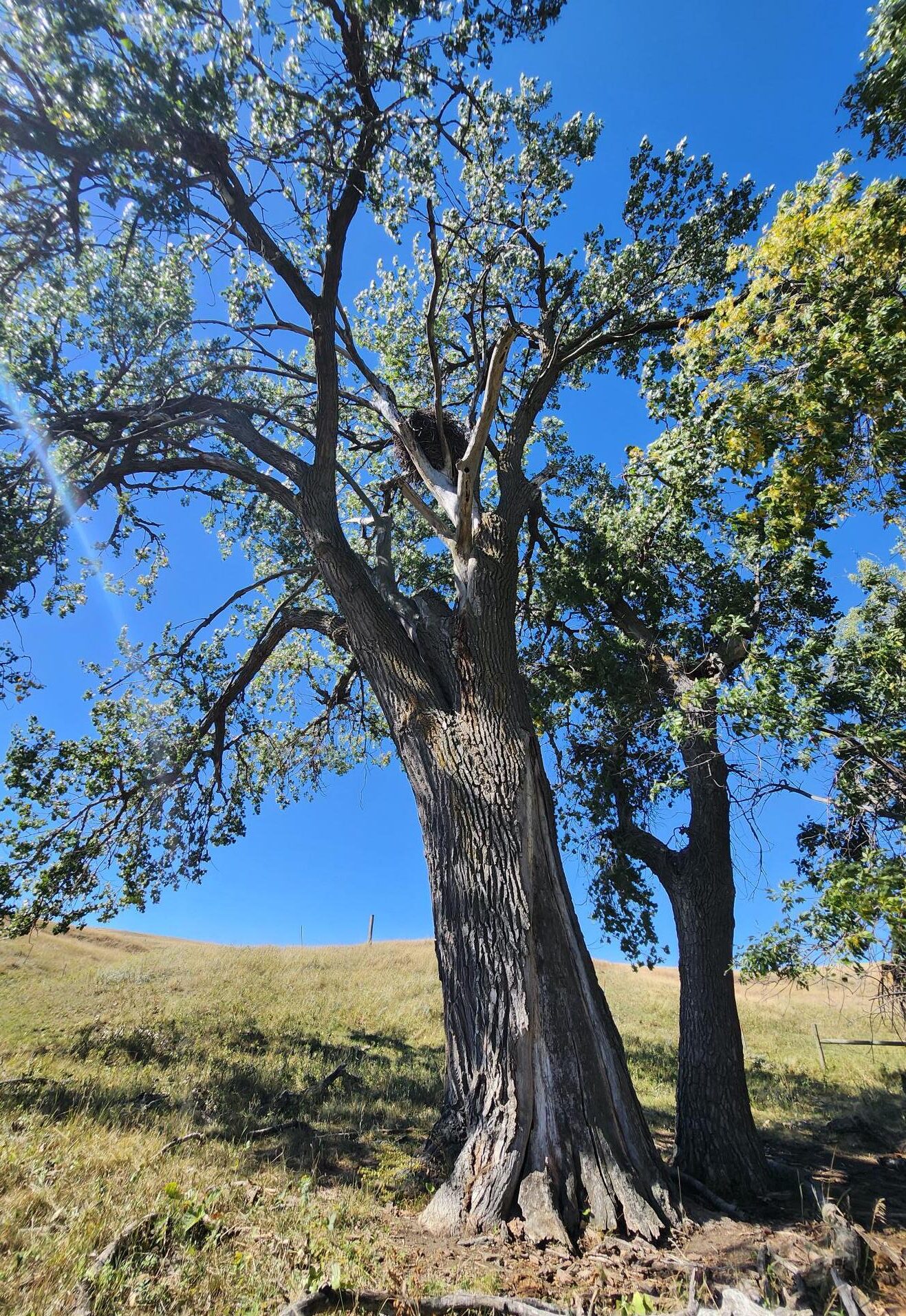
Outside of work, I’ve taken a lot of trips this past month! I started September by driving up to Canada for labor day weekend where I did some sightseeing and visited the Winnipeg Zoo and Botanic Garden. Now I can say my car has traveled to another country!
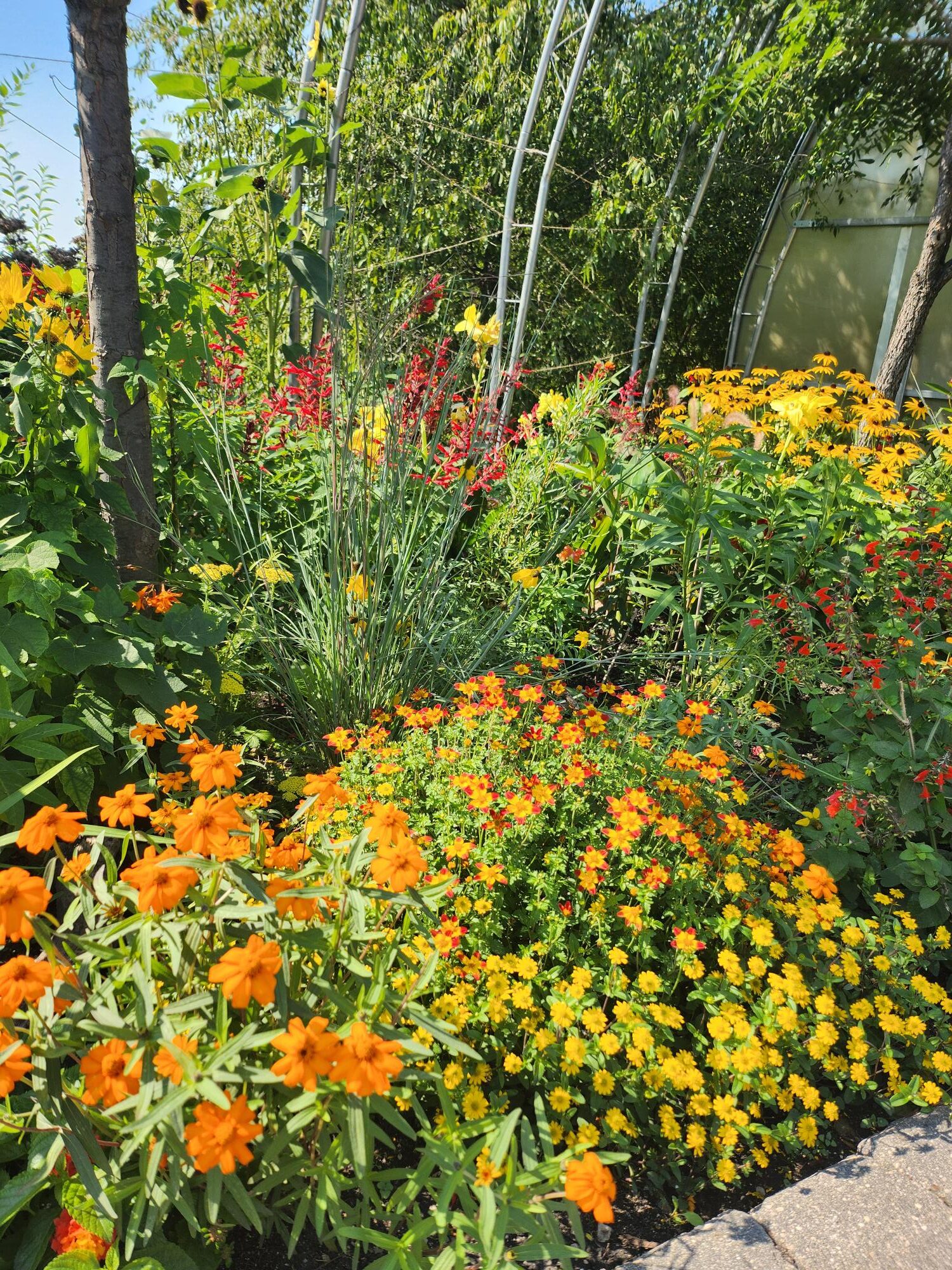
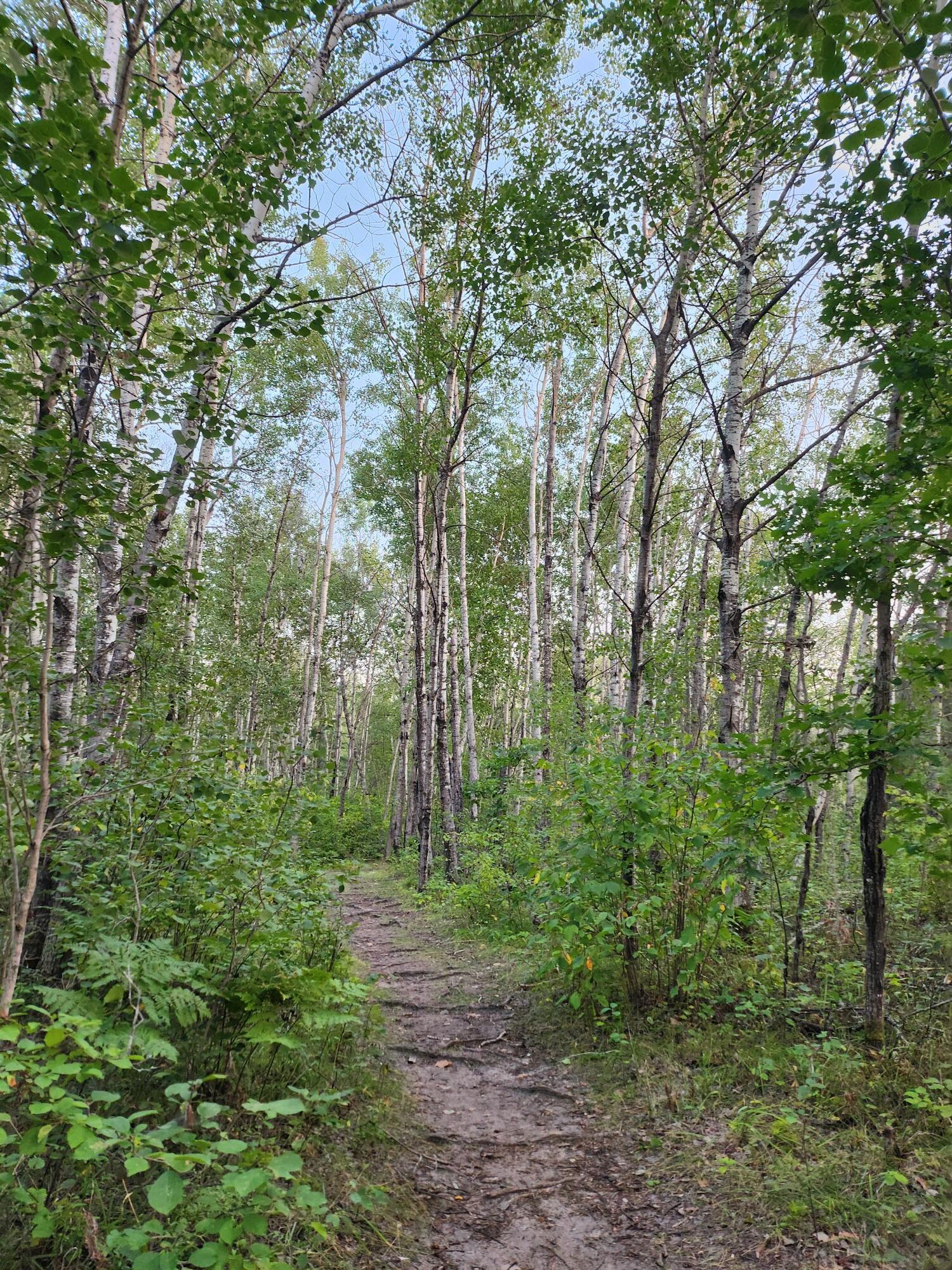
Mid September my parents flew up from Oklahoma and stayed in the black hills area where we did a lot of hiking and birdwatching. We saw a Lewis’s woodpecker (Melanerpes lewis) for the first time, which was super cool!
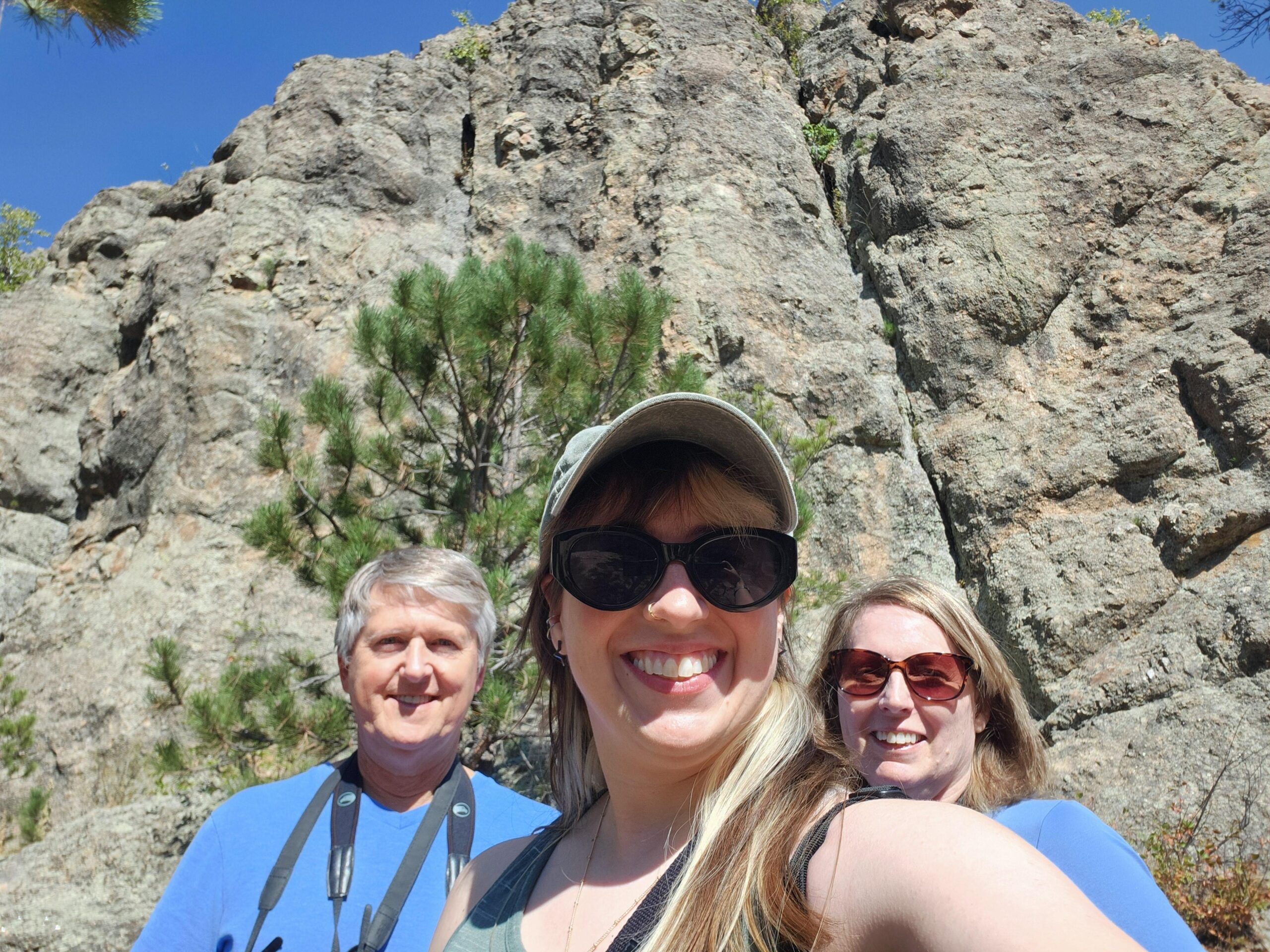
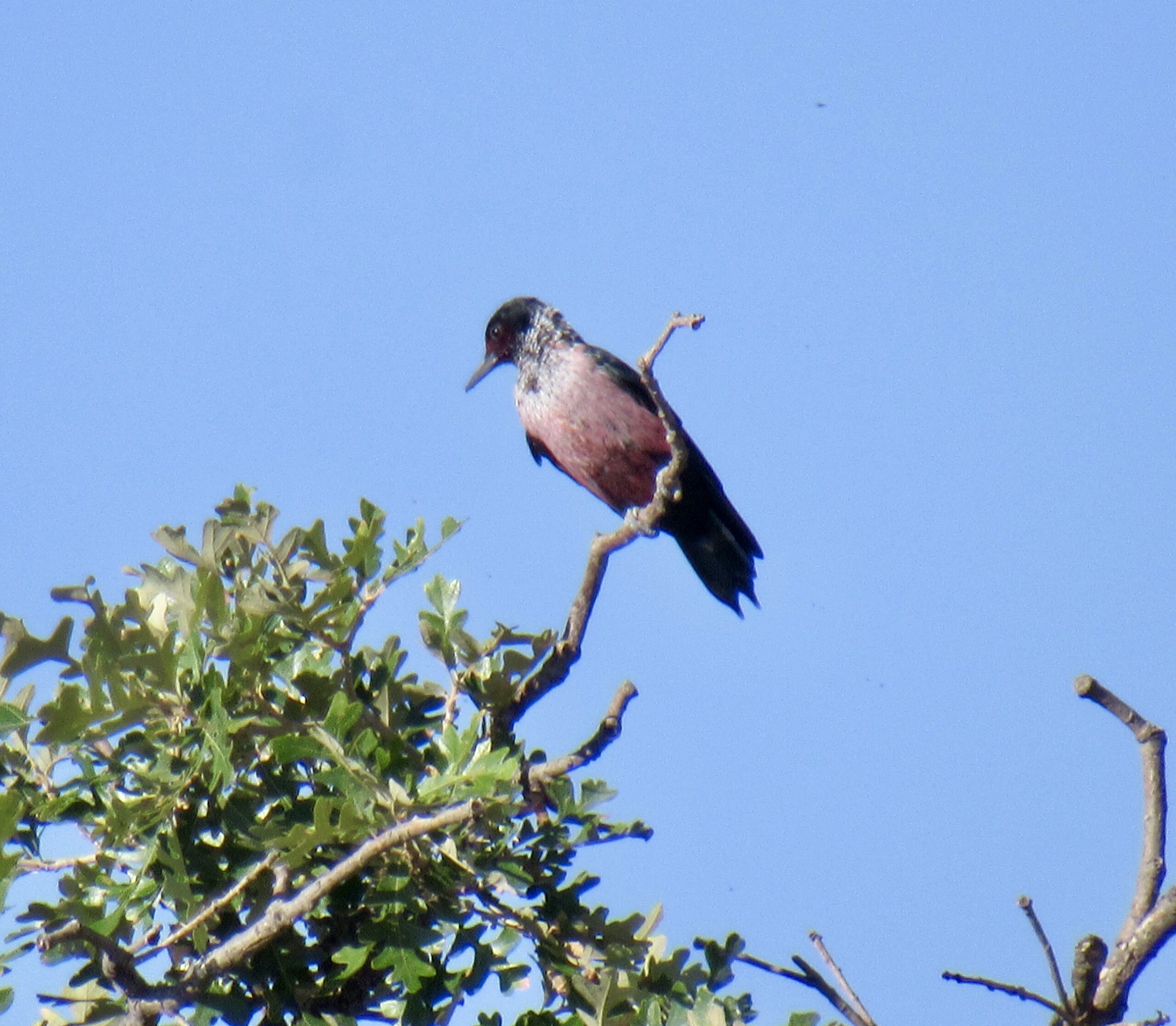
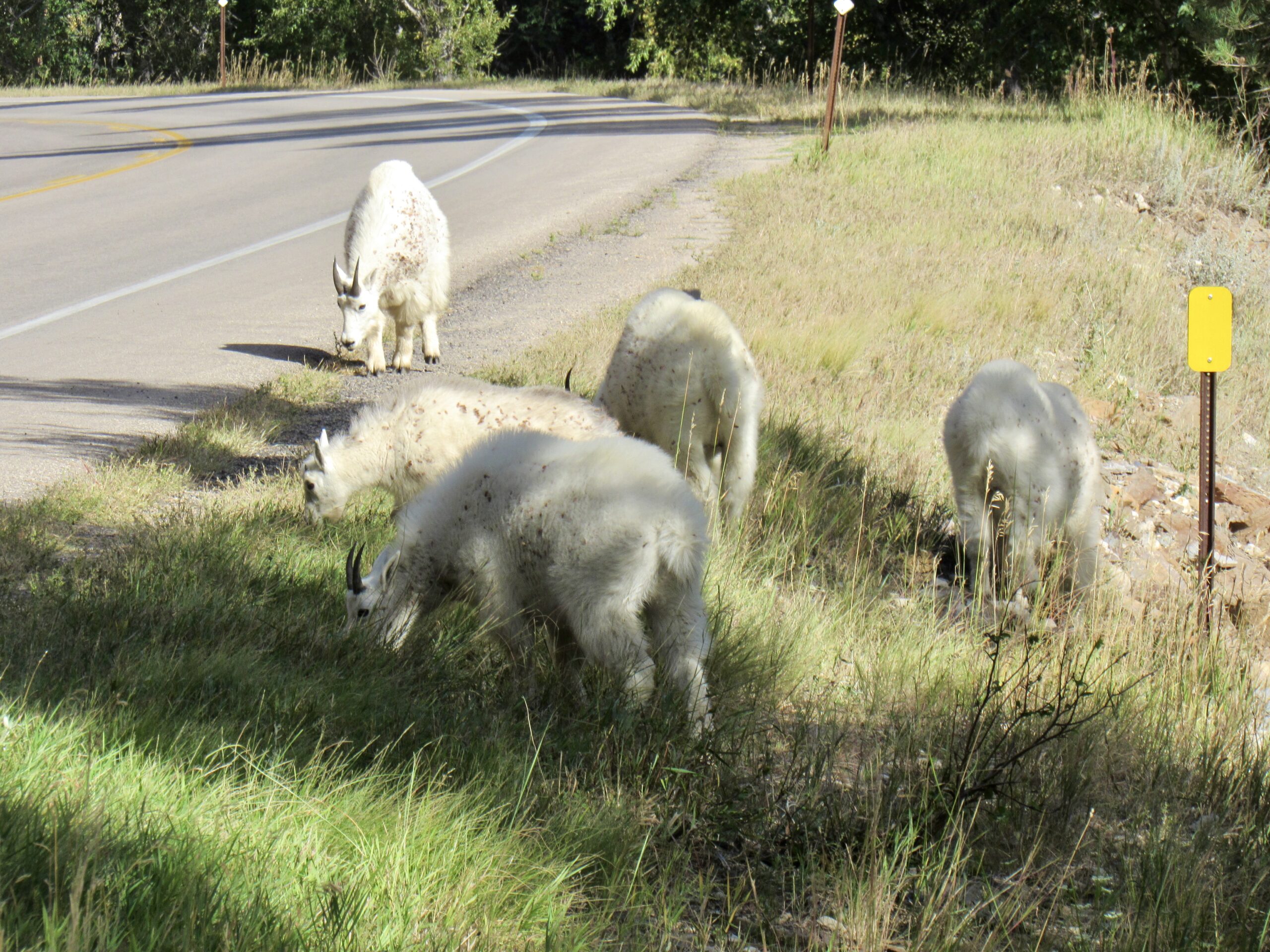


Jenna
Dakota Prairie Grasslands, South Dakota
